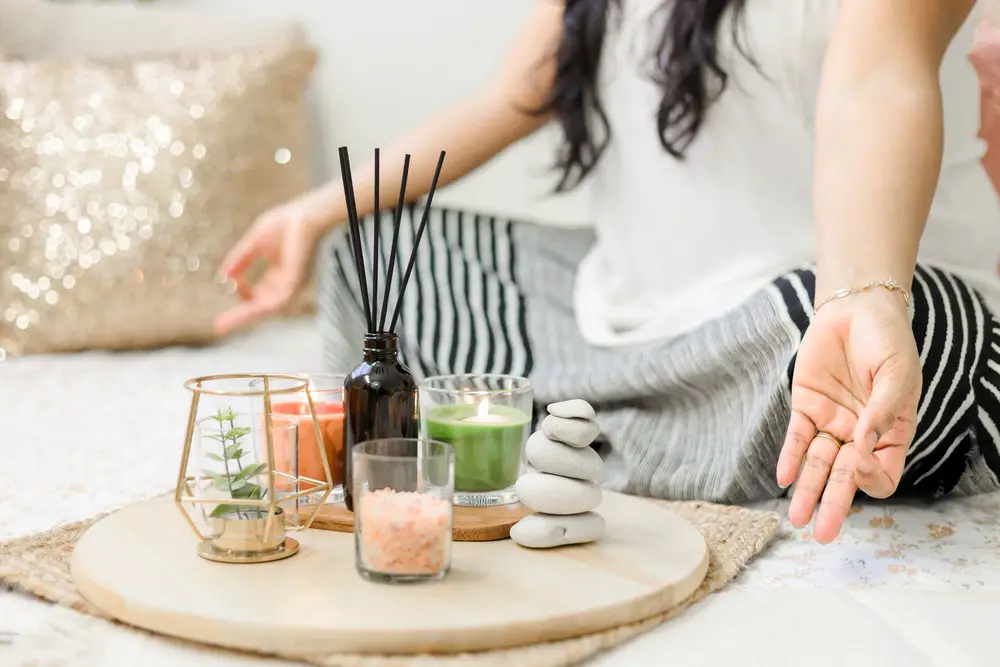Creating a DIY meditation and relaxation space can change your life. It gives you a special place to unwind, think, and recharge. No need for fancy stuff or a big budget. You can make your haven for peace and tranquility with a few simple touches.
Contents
Essentials for Meditation and Relaxation Space
Creating a meditation and relaxation space starts with having the right essentials. These are the building blocks that set the stage for a calming environment. Each element plays a role in shaping your experience, from seating to lighting. Below are some must-have items to consider.
Comfortable Seating
One of the first things to consider for your meditation and relaxation space is where you’ll sit or lie down. You can choose from various options, like cushions, mats, or a dedicated meditation chair. The key is to pick something that helps you sit or lie comfortably for an extended period. Your seating should support good posture but also be plush enough for relaxation.
Calming Colors
The color scheme of your meditation and relaxation space sets the mood. Opt for calming colors like blues, greens, or soft pastels. These colors are known to reduce stress and promote tranquility. You can introduce these colors through paint, cushions, or decorative items. Keep the palette simple to maintain a focused environment.
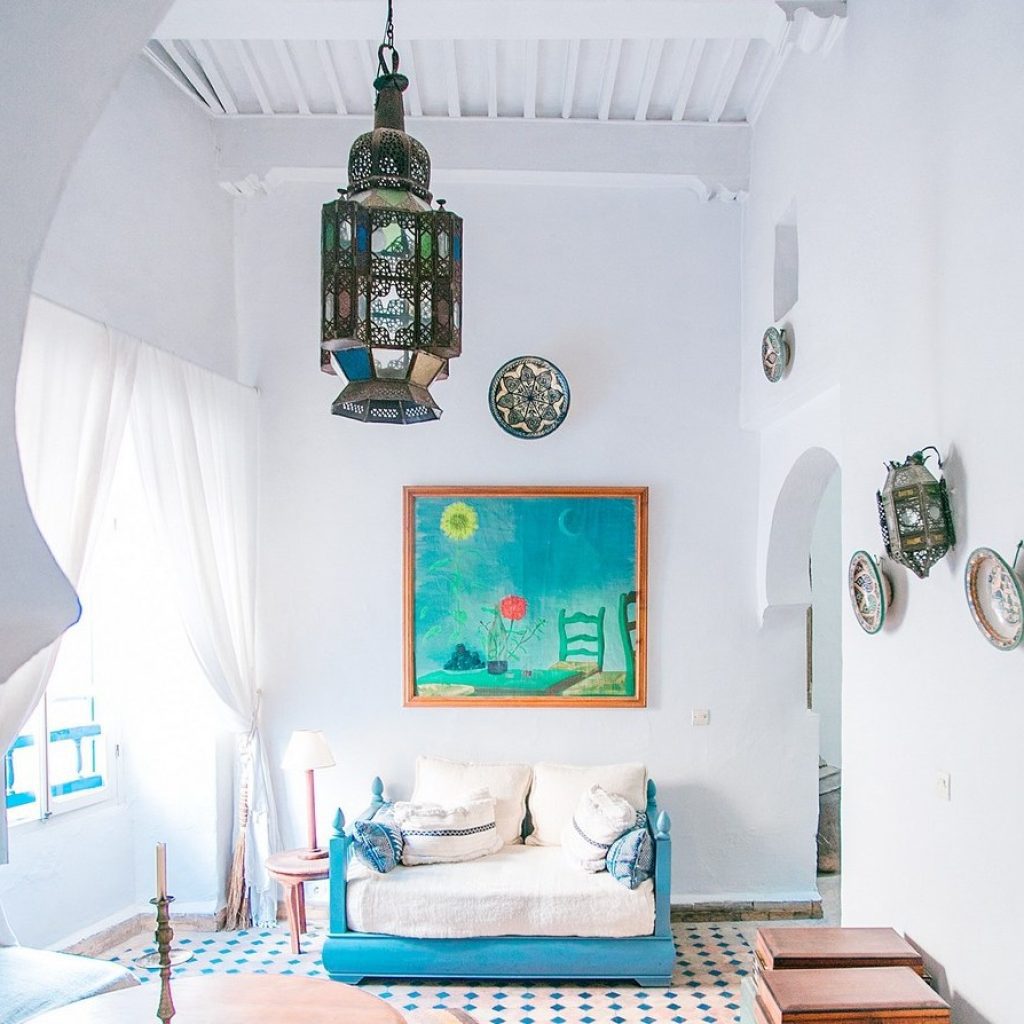
Soft Lighting
Harsh lighting can be jarring and counterproductive to your meditation and relaxation space. Soft, warm lighting creates a soothing atmosphere. Consider adjustable lamps, string lights, or even candles. If your space has natural light, sheer curtains can help soften the sunlight.
Textures and Fabrics
Materials matter, too. Soft, tactile fabrics like cotton, silk, or faux fur can add a comforting touch. You might want a soft rug underfoot or a cozy blanket to wrap around you. These fabrics enhance comfort and add layers of visual interest to the space.
Personal Touches
Don’t forget to add elements for your meditation and relaxation space that are uniquely you. It could be a set of chimes, statues, or even a small book stack that inspires you. Personal touches make the space feel like your sanctuary for meditation and relaxation.
Sound and Scent
Consider incorporating calming sounds or fragrances. A small water fountain or some background nature can enhance the serene vibe.
Similarly, scents like lavender or sandalwood can help set the mood. Scented candles or essential oils are great ways to introduce pleasing aromas.
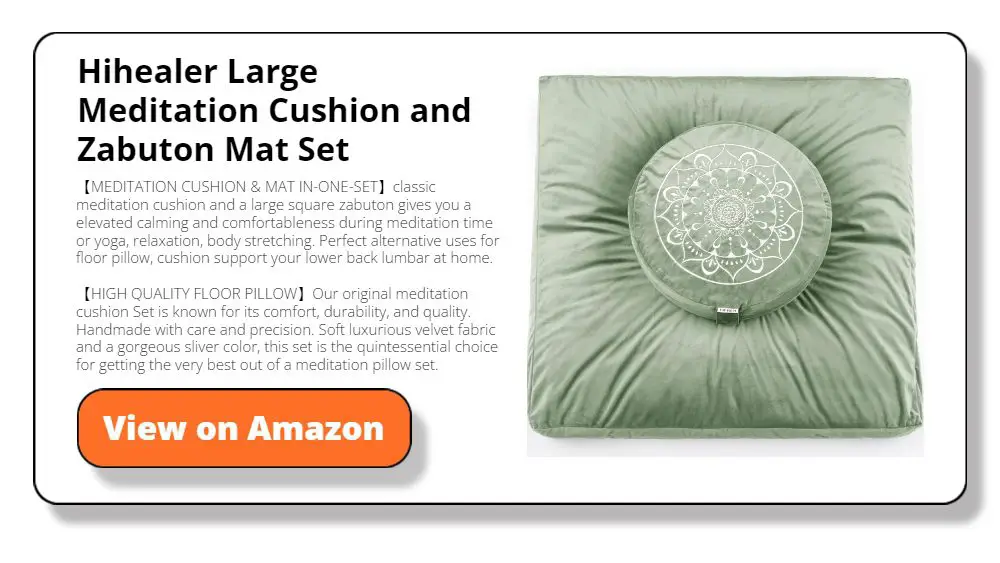
Benefits of a Dedicated Space
Having a special area for meditation and relaxation isn’t just about aesthetics. A dedicated space offers multiple benefits that can improve your overall well-being. Here’s why having such a space is more than just a luxury.
Improves Focus
When you step into your meditation and relaxation space, your mind receives a signal. It’s time to shift gears and focus on relaxation or meditation. Over time, this conditioning helps you get into the right mindset more quickly, enhancing the quality of your practice.
Reduces Stress
Life is full of stressors, from work to relationships. A meditation and relaxation space gives you a sanctuary to escape to. Even a few minutes in a dedicated calming space can lower stress levels, making you feel refreshed and balanced. The space is great for resetting your vagus nerves for deeper relaxation.
Enhances Consistency
Having a special place makes it easier to keep up with your meditation or relaxation routine. It eliminates the need to find a suitable spot each time you wish to practice. This consistency can make your practice more effective and enjoyable.
Boosts Mental Health
Regular meditation and relaxation have proven benefits for mental health. They can reduce symptoms of anxiety and depression and improve emotional stability. A dedicated space enhances these benefits by giving you a convenient, inviting place to practice regularly.
Encourages Mindfulness
A meditation and relaxation space helps you make mindfulness a part of your daily life. It becomes easier to take short breaks to step into your space, breathe deeply, and be present. This daily mindfulness habit can ripple effect, improving your quality of life.
Increases Self-Awareness
A meditation and relaxation space gives you more time to bring back your focus, boosting your self-awareness. The relaxation spot lets you talk to yourself and allow your thoughts to roam free. Boosting your self-awareness helps you ponder major life decisions or stave off negative thoughts.

Picking the Perfect Spot
Choosing the right location in your home is crucial for a successful meditation and relaxation space. The spot you pick sets the stage for your entire relaxation journey. Here are some factors to think about when picking that perfect spot.
Quiet and Secluded
The best places are where you can escape noise and distractions. This could be a spare room, a corner in your bedroom, or even a space in your attic or basement. The goal is to pick a place where you won’t be easily disturbed.
Size Matters
You don’t need a huge room to create a peaceful sanctuary. Even a small space can work wonders if set up right. Ensure enough room for your chosen seating and additional items like tables or decor. The space should be big enough to move freely but cozy enough to feel enclosed.
Natural Elements
Choose a spot with natural light and maybe even a view of the outdoors if possible. Nature is calming, so viewing a garden or trees can enhance your space. If you don’t have a natural view, you can bring the outdoors in with plants or nature-themed decor.
Accessibility
Think about how often you’ll use the space. It should be easy to get to but not in the middle of household activity. You don’t want to trek to an inconvenient corner of your home whenever you need peace.
Tech-Free Zone
In today’s connected world, it’s easy to get distracted by technology. Your chosen spot should ideally be free of electronic devices like phones and TVs. The aim is to disconnect so you can focus on yourself.
Ventilation and Temperature
A good meditation and relaxation space should also have good air quality. Ensure that the area is well-ventilated. Fresh air can help make your time in the space more enjoyable. Additionally, consider the temperature. A too-hot or too-cold space can be distracting.
The perfect spot for your meditation and relaxation space should offer privacy, comfort, and a connection to the natural world. Whether it’s a tiny corner or a larger room, your chosen area can define your experience. Choose wisely to make the most of your new sanctuary.

Creating the Right Mood
Setting the right mood in your meditation and relaxation space is like adding the final touch to a masterpiece. The ambiance can make or break your experience. Here’s how to create an environment that helps you unwind and focus.
Sound Matters
What you hear plays a big role in setting the mood. Choose sounds that relax you, whether that’s the sound of ocean waves, birds singing, or soft instrumental music. Many people find that playing such sounds helps them meditate or relax more deeply.
Lighting the Way
We’ve touched on this before, but lighting is critical. Soft, warm lights can make the space feel cozy and inviting. You might use dimmable, fairy, or salt lamps to achieve the desired brightness level. If you’re using candles, opt for unscented ones if you’re already using other scents in the space.
Color Influence
The colors in your space have a psychological impact. Calming colors like blue, green, or soft pastels are excellent choices for a soothing environment. These can come into play in your choice of wall color, cushions, or other decor elements.
Textures and Touch
The textures around you can also influence your mood. Soft cushions, smooth wooden elements, or even the touch of silk or cotton can add a tactile dimension to your relaxation. Choose materials you find comforting and add to the space’s overall serenity.
The Power of Scent
Scents can quickly change how a room feels. Add fragrances like lavender, chamomile, or sandalwood for a calming environment. You can use essential oils, scented candles, or incense sticks to bring these smells into your space.
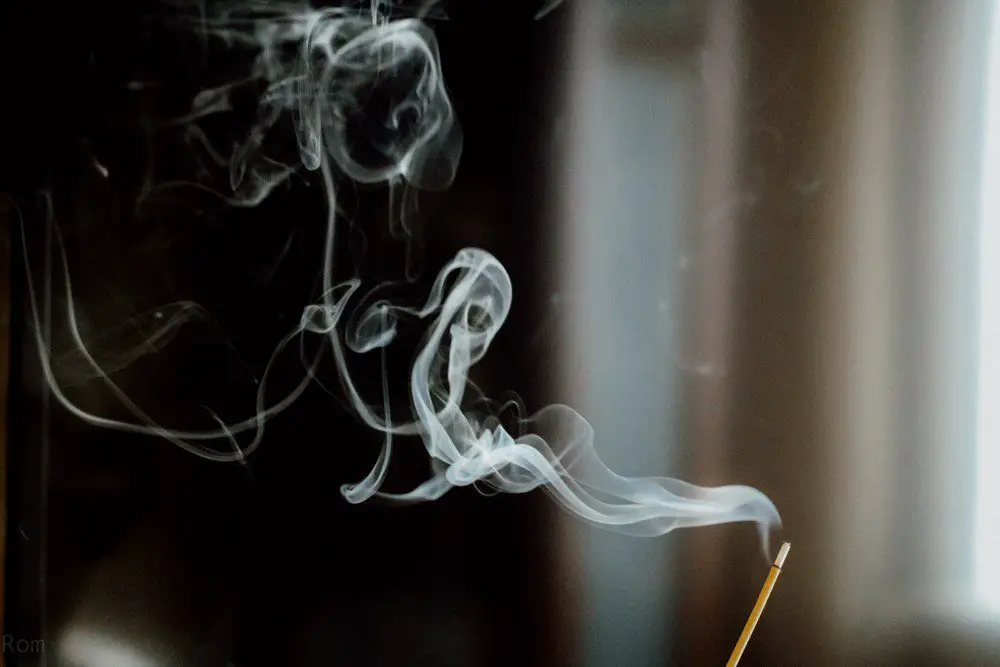
Seasonal Adjustments
Remember that mood-setting isn’t a one-time task. As seasons change, you may want to adjust your space. Lighter fabrics for summer, warmer tones for autumn, or perhaps seasonal plants can refresh the ambiance.
Furniture Choices
Regarding furniture for your meditation and relaxation space, less is more. The focus should be on comfort and functionality. Here’s how to select furniture that enhances your experience without overwhelming the space.
Seating Options
Your seating is the centerpiece of the room. You could opt for a meditation cushion, a comfy chair, or a plush rug. The important thing is that it supports you well and allows you to maintain a relaxed posture. Consider a soft mat or a reclining lounge chair if you prefer lying down for relaxation.
Tables and Storage
You might need a small table or shelf to hold essentials like candles, books, or a music player. Go for something simple and unobtrusive. It should be within arm’s reach but not in the way of your movements. Consider tables with storage to keep the area clutter-free.
Minimalism is Key
The idea is to keep distractions to a minimum. Opt for furniture that serves a purpose without taking up too much space or attention. Avoid busy patterns or overly intricate designs. Simple, clean lines work best in a meditation and relaxation space.
Multi-Functional Pieces
If your space is limited, consider furniture that can serve multiple purposes. For example, a storage ottoman can be a seat and a place to keep your meditation supplies. Multi-functional pieces help you make the most of your space without cluttering it.
Material Choices
The materials you choose can add another layer of comfort and ambiance. Soft, natural fabrics are generally a good choice for seating. Wood or glass tables can complement the look while still being functional. Pick easy-to-clean and maintain materials, as you’ll spend a lot of time in this space.
When choosing furniture for your meditation and relaxation space, aim for comfort, functionality, and simplicity. The right furniture can make your space more inviting and keep you coming back to enjoy the benefits of meditation and relaxation.
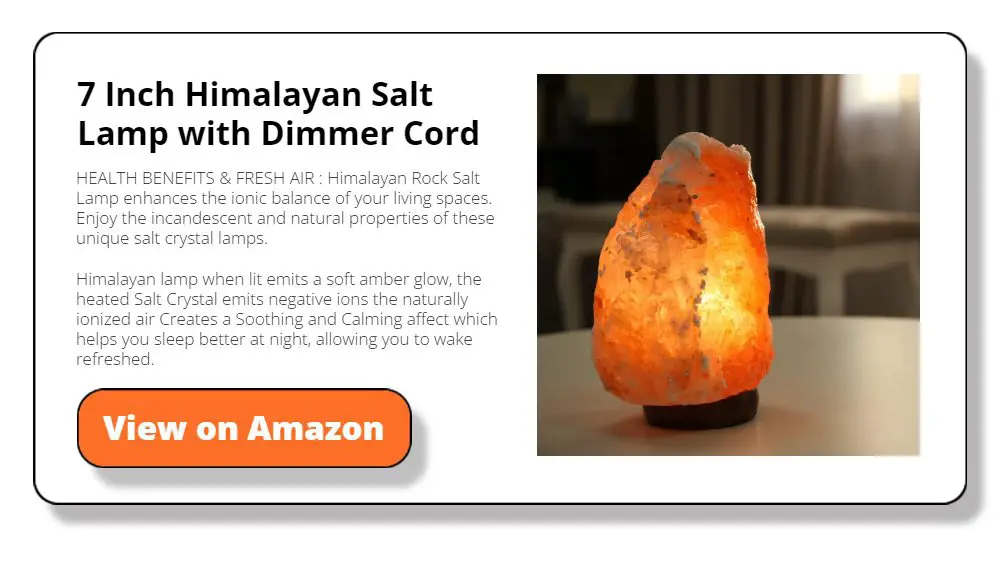
Keeping Your Space Fresh
Maintaining meditation and relaxation space is crucial for long-term enjoyment. Over time, spaces can become stale or cluttered. Here are some ways to keep your special area fresh and inviting.
Regular Cleaning
A clean space is a calming space. Regularly dust, vacuum, and wipe down surfaces. This simple act not only keeps the area clean but also renews the energy of the space. Make it a habit to clean your meditation area at least once a week.
Seasonal Updates
Just like you change your wardrobe for the seasons, consider doing the same for your space. Lighter fabrics in summer and warmer, cozier items in winter can make the space feel new. You could also switch out decorative items or introduce seasonal plants.
Rotating Essentials
If you have various cushions, mats, or decorative items, consider rotating them. Using different items can provide a new perspective and keep the space from becoming monotonous. This keeps the excitement and interest alive, encouraging you to use the space regularly.
Fresh Scents
The aroma in your space can lose its intensity over time. Refresh the scents by changing out candles, incense, or essential oils. You could also opt for seasonal fragrances to match the time of year.
Personal Touches
Over time, you may find new items that resonate with you. Feel free to add these to your space. Whether it’s a new book of meditations or a piece of art, personal touches keep the area truly yours.
Reevaluate and Declutter
Every so often, take a step back and assess your space. Is there anything you’re not using? Is it starting to feel cluttered? A periodic declutter can help maintain a peaceful, focused environment.
Keeping your meditation and relaxation space fresh is an ongoing process. Regular cleaning, seasonal updates, and occasional decluttering are key. These steps ensure your space remains a sanctuary where you can always find peace and focus.
FAQ
What is a meditation and relaxation space?
A meditation and relaxation space is a designated area in your home or office where you can unwind, meditate, and escape daily stressors.
Why do I need a dedicated space?
A dedicated space improves focus and encourages a consistent meditation and relaxation routine. It also helps reduce stress and enhances overall well-being.
How do I choose the right furniture?
Comfort is key. Opt for seating options that allow you to maintain a relaxed posture. Keep the furniture minimalistic and functional to avoid distractions.
What should I consider for lighting and colors?
Soft, warm lighting creates a calming atmosphere. For colors, choose calming shades like blues, greens, or soft pastels to set a peaceful mood.
How often should I update my space?
Keeping your space fresh is important. Regular cleaning and seasonal updates can keep the area inviting. Consider rotating essentials and updating scents to maintain a fresh feel.
Can a small space work?
Yes, even a small corner can be transformed into a meditation and relaxation space. The key is to maximize the area with multi-functional furniture and keep it clutter-free.
How do I set the right mood?
Combining scent, sound, lighting, and color sets the right mood. Personal touches and textures can also add to the overall ambiance.
Conclusion
Creating a meditation and relaxation space in your home is more than an aesthetic endeavor. It’s an investment in your well-being. Each step makes your sanctuary truly special, from picking the perfect spot and choosing the right furniture to setting the mood and keeping the space fresh.
A dedicated space offers tangible benefits like improved focus, reduced stress, and a boost in mental health. By following this guide, you’re not just building a space but crafting an experience that can enrich your life meaningfully.

